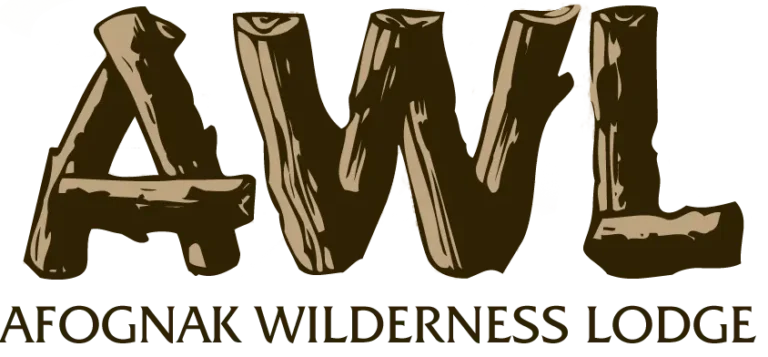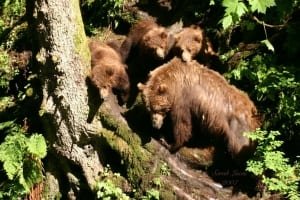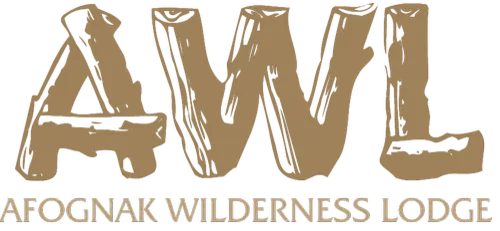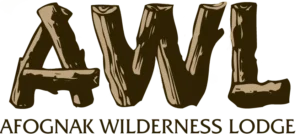One of the fascinating things to do in Alaska is wildlife viewing, and Afognak Island is no exception! Our beloved slice of paradise is home to a diverse and abundant fauna population; however, few animals are as revered as the Kodiak brown bear. Given our location, Afognak Wilderness Lodge offers an unparalleled opportunity to witness bears and other majestic beasts within proximity. What’s more, the Alaska Department of Fish and Game has been reporting population growth, further solidifying the ease at which they are visible. To give you a little more insight into one of our favorite neighbors, today we’ll go over a few facts and things to help you better understand the lifestyle of these treasured creatures and what to expect.
Understanding Kodiak Brown Bears | 7 Facts
Although there is a lot of information available about Kodiak brown bears, some people have never heard of them until they start researching wildlife viewing in Alaska. As summer quickly approaches, bears will become more common, thus kindly lending themselves to curiosity and discovery by visitors.
- The Kodiak brown bear is the largest bear species globally, with some males standing over ten feet tall while on their hind legs and weighing up to 1,500 pounds!
- Cubs are born within their den near winter’s end and weigh less than a pound at birth. They will remain under the care of their mother for several months until emerging sometime between May and June. Even after leaving their dens, most cubs will stay with their mothers for three years.
- Many juvenile bears are sometimes known as “delinquents” by conservation experts because of their adolescent curiosity, leading them to shenanigans with bears and sometimes humans.
- After reaching maturity at approximately five years of age, females can give birth several times throughout their lives and have a new litter about every four years.
- Kodiak bears are often the subjects of scientific research revolving around sleep because of their ability to hibernate for several months without eating, drinking, or “using the bathroom.”
- Despite their reputation as a mighty carnivore, Kodiaks spend more time eating berries and other plants. And while fish is an essential part of their diet, they won’t expend valuable energy on hunting them unless it’s low to a no-effort affair.
- Kodiak brown bears have a complex social structure that includes dynamic communication.
The Only Alaska Wilderness Lodge on Afognak Island
The Kodiak brown bear has become one of the guest’s favorite residents at Afognak Wilderness Lodge for many different reasons. But perhaps the most apparent is how they sometimes remind us of ourselves with their social mannerisms and curious demeanor. An Alaska summer vacation wouldn’t be complete without a little bit of wildlife viewing, and Afognak Island offers the perfect location. For more information or to make reservations, please contact us online or call (360)799-3250.




